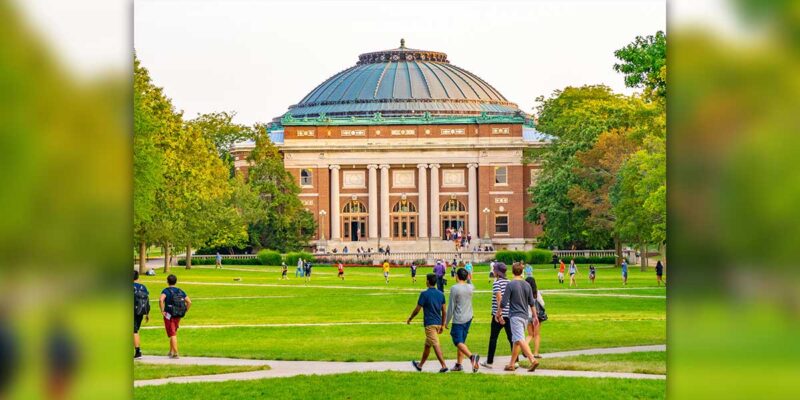Higher Ed Updates: December 2020

In the beginning of April and again in May, I wrote updates about the state of higher education for integrators, who may be wondering what their business model would look like for the rest of the year. Paradoxically, it seems like a lot has changed since then, and nothing has changed at all. We are no longer wondering what a fall semester will look like — we know that now — but instead, we wonder about the winter semester and possible summer programs and classes.
Schools in this country are quickly approaching the end of their first full term of the COVID-19 era. Schools did things in so many different ways these few months depending on their sizes, locations and local rules that it is impossible to classify every little choice made. In general, however, schools chose one of these two options: teach fully remote for the semester or allow students back on campus (but give them the alternative to stay home and learn remotely). As the virus spread (or did not) on campuses and communities, some schools changed direction and went fully remote.
However, in general, it seems that the large majority of schools did learn something, and that is that the students WANT to be on campus no matter what. At my school, for example, we had rigorous testing protocols and behavior expectations. Yet, a large majority, 90% plus, of our students came back to live on campus. They were willing to deal with these rules to be together — to try and come close to their normal experiences. This is excellent news for schools and the AV industry. It tells us that what we sell (a college experience) is still in high demand among our customers. It’s important because some people thought the remote learning experience we got through quarantine(s) would “change higher ed forever.” I don’t argue that there are administrators, students and faculty who are thinking differently about some aspects of the future of remote learning. Still, I have not heard from any colleagues who have told me they have had trouble getting students to arrive on campus if they opened. If you are an integrator who frequently works in higher ed, this is excellent news.
Nevertheless, those same integrators will have to find ways to sustain their businesses over the next several months. As we were told for months, the winter is going to look much different than the fall. With the virus seeming to surge across the country, school officials are rethinking whether they can treat the winter term the same way they did the fall. That is to say, various schools that offered in-person learning during fall will likely struggle to do that again this winter. The logistics of bringing in thousands of students with added testing, quarantining and isolating, all before starting classes, looks a lot different in the middle of a surge. We might have expected 1-3% of our students to show up positive in the fall. With the current case counts in this country for the winter, we would have to expect a 10% positive test rate.
Additionally, winter is cold (very cold here in Maine). We were very fortunate this fall to have had an exceptionally warm season. Right up until the Thanksgiving break, we had weather that made eating and socializing outside bearable; that will not be the same in January. This is the dilemma. For integrators, that means that there won’t be much business in the campus buildings if they are not in use. Even if campuses bring students back, most of the money for the in-class technology was already spent for the fall semester.
Don’t get me wrong. It is not all bad news for integrators. Many schools in the country took significant steps to protect their futures and be sure they can remain a viable institution when this crisis is over. Unfortunately, that means that staff at these schools bore much of that pain, whether through pay cuts, pay freezes, forced furlough days or, in the worst case laying off employees. None of those things are suitable for the staff at colleges, but it did work in many cases to keep the institutions afloat. With the promise of a vaccine(s) on the very near horizon, administrators can begin to think about the future. If we can get the vaccine distributions rolling out to the population at large by mid-spring/early summer, opportunities open up for colleges. We can start to think about summer programming again (a revenue producer) and in-person summer terms (tuition revenue).
My advice for integrators right now is to really get to know the schools you serve and understand their financial situation. All schools took different approaches and are in different financial standing at the moment. For example, some may have handled the fall term surprisingly well and come out of it in remarkably good financial standing. Even if those same schools are forced to shift to remote learning in the winter, they may look at upgrades and replacements for summer programs and a summer term. Perhaps a good time to do this work will be late in this term when the classrooms and buildings are empty. There are also likely several places with equipment that hasn’t been turned on in a year. It may be a great time to offer maintenance services on that equipment. While I think most schools will continue to be conservative with their finances for at least another year, there is reason to be optimistic about the future of higher-ed AV spending.





